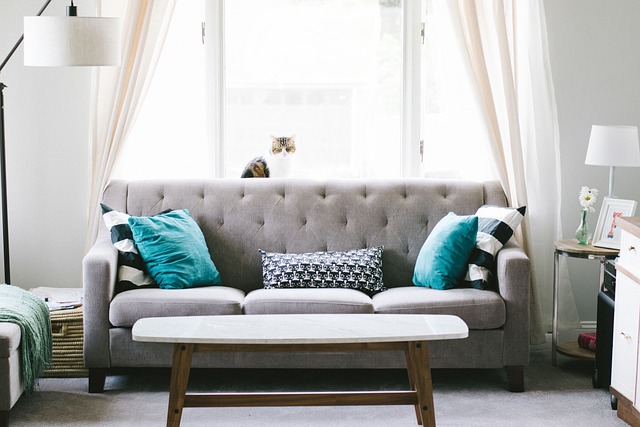Tis the hay fever season, meaning that sufferers will often wake up with streaming eyes and running noses for the foreseeable future. And is it just us, or does it get worse with every passing year? Well, there might be a scientific explanation behind that.
As the planet’s temperature rises, so does the pollen count due to the trees, grass, flowers and weed growing in numbers and living for a longer time. And whilst you can’t exactly control the outside environment, you can minimise the suffering in your own home.
Switch to wood flooring
It’s incredible how much dust, pet hair and dirt can get trapped in carpets. Wood and tile floors are ideal for allergy sufferers as they are easy to clean and don’t keep hold of dirt that triggers allergenic symptoms.
However, wood brings with it its own share of problems. When wet for a long time, it can grow mould which can trigger reactions within asthmatic people. Even if you’re not allergic to mould and damp, it can invade your airways and cause long-lasting damage.
Using sliding door wardrobes
It might not be something that you associate with allergies, but keeping your clothes away from dust is key to minimising allergies throughout the day. As opposed to regular wardrobes, mirrored sliding wardrobes offer great protection for your clothes whilst also boasting a surface that is really easy to dust and clean.
Just remember to put your clothes away whenever they’re not in use! It’s important to keep your room uncluttered during this time to avoid dust accumulating in your clothes and bed.
Dust regularly
It’s an obvious one, but this most mundane of tasks is one of the most effective ways to minimise dust in your home. Of course, eliminating it entirely is impossible, but you can get rid of most of it by removing excess fabrics like pillows and throws during the warmer months.
Then, make the rest really dustproof with some anti-mite covers for your mattress and pillows and try washing your bedding once a week on the hottest setting. Finally, when dusting, always go top to bottom in order to catch the dust that falls from higher up.
Be careful with indoor plants
Seeing as you’re trying to avoid pollen, don’t then go and buy a forest’s worth of flowers to decorate your house with. Some plants also grow mould and collect dust, so do your research before buying any.




